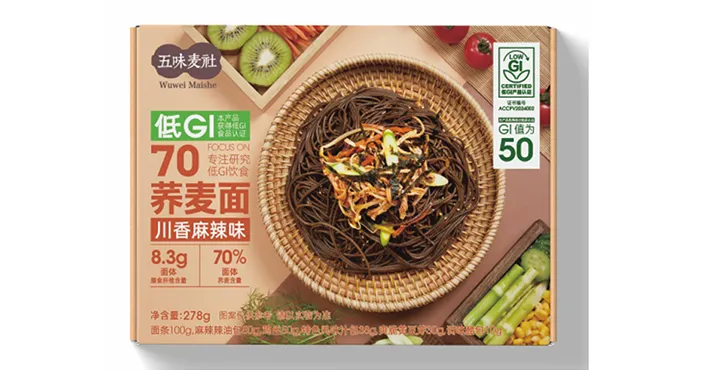hand made noodle
The Art of Handmade Noodles A Culinary Tradition
Handmade noodles have long been a beloved staple in various cuisines around the world, cherished for their unique texture, flavor, and the care that goes into their creation. The process of making these noodles is not merely a cooking technique; it is an art form that has been passed down through generations. From the moment flour meets water to the final steaming or boiling, the craftsmanship involved in creating handmade noodles encapsulates the essence of cooking as a cultural expression.
The Ingredients
The primary ingredients for handmade noodles are relatively simple flour, water, and sometimes salt or egg. However, the choice of flour can significantly impact the texture and flavor of the noodles. Different kinds of wheat flour, such as all-purpose, bread flour, or even specialized noodle flour, can be used to achieve various results. Fresh eggs, when added, give the noodles a rich color and delicate flavor, frequently seen in dishes like Italian tagliatelle or Chinese egg noodles.
The Crafting Process
Making handmade noodles is a delightful process that requires patience and precision. It begins with mixing the flour and water in the right proportions. Kneading the dough is the most crucial step, as it develops the gluten structure, which gives the noodles their characteristic chewiness. This step can take anywhere from 10 to 20 minutes, depending on the humidity and temperature.
Once the dough has been kneaded to perfection, it must rest. This resting period allows the gluten to relax, making the rolling and cutting easier. After resting, the dough is rolled out thinly, either by hand with a rolling pin or by using a pasta machine for more uniform thickness. The rolled-out dough is then cut into the desired shape—whether wide like fettuccine, thin like angel hair, or handmade sheets for lasagna.
Cooking and Serving
hand made noodle

The beauty of handmade noodles lies not only in their preparation but also in the way they absorb flavors. Once the noodles are cut, they can be cooked immediately or dried for later use. Cooking handmade noodles is simple they typically require just a few minutes in boiling water. When cooked, they become tender yet retain a satisfying bite, making them the perfect carrier for various sauces and ingredients.
In Asian cuisines, for example, homemade noodles may be served in a flavorful broth, complemented by vegetables, meat, or seafood. In Italy, freshly made pasta can be paired with rich tomato sauces or a delicate Alfredo. The versatility of handmade noodles shines through in countless recipes, showcasing their ability to adapt to different culinary traditions.
Cultural Significance
Beyond the technique and flavor, handmade noodles hold cultural significance. In many Asian cultures, the act of making noodles is often a communal affair, bringing together family members and friends for a shared culinary experience. Special occasions, such as birthdays or festivals, often feature handmade noodles, symbolizing longevity and good fortune.
In Italy, the creation of pasta is seen as a labor of love, with family recipes being treasured and passed down through generations. Each shape and sauce combination tells a story and reflects regional ingredients and traditions, embodying the diverse tapestry of Italian culture.
Conclusion
Handmade noodles are more than just a dish; they represent an age-old tradition that connects people to their heritage and to each other. The simplicity of the ingredients belies the artistry involved in their creation. Whether enjoyed in a bustling kitchen in Shanghai or a cozy trattoria in Rome, handmade noodles continue to delight palates and warm hearts, proving that the best meals are those made with love and skill.
-
Is Whole Wheat Pasta Healthy?NewsMay.30,2025
-
Are Soba Noodles Good for Weight Loss?NewsMay.30,2025
-
Are Buckwheat Soba Noodles Healthy?NewsMay.30,2025
-
Are Buckwheat Soba Noodles Gluten Free?NewsMay.30,2025
-
Are Buckwheat Noodles Good for You?NewsMay.30,2025
-
A Healthy Way to Savor Soba and Spicy FlavorsNewsMay.30,2025
-
What Are Lanzhou Noodles?NewsMay.30,2025
Browse qua the following product new the we

















































































































